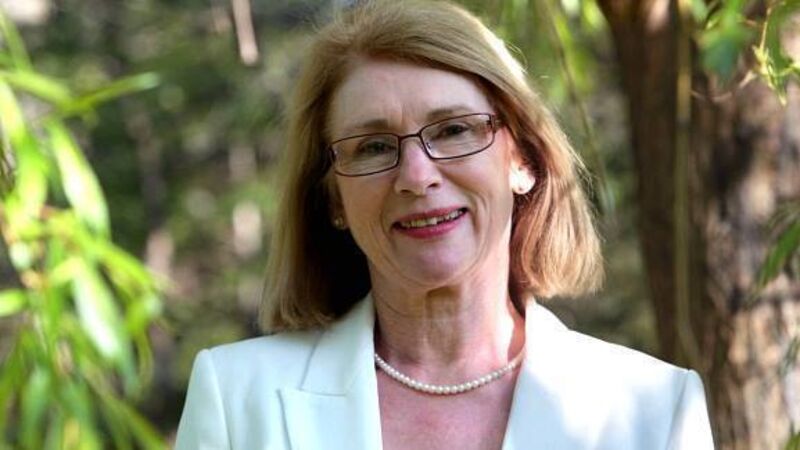New teaching jobs a charade that will make little difference

While the figure is reported as likely to emerge in Jan O’Sullivan’s first budget as Education Minister, it mirrors those the Department of Education had to provide in the last two years just to keep pace with growing pupil numbers. This time last year, her predecessor, Ruairí Quinn, said that 1,400 additional teachers would be hired in 2014.
Although education is one of the few areas where employment controls have not been as strictly imposed as other public service sectors, cuts to small schools’ staffing, the loss of guaranteed guidance counselling hours, as well as limits on special needs staffing, are often cleverly disguised in headline teacher numbers.













